We're doing seminars at my shop again this winter, there will be 1 each in Jan, Feb & March typically on a Sunday - i haven't picked the dates as yet.
We have guest experts come in and do indepth discussions on a particular subject to do with hotrodding, these subjects will include: brake theory and design; carb principles and rebuilding; ignition theory and distributor rebuilding; we'll simulate a cam change in a sbc and show how to degree a cam & we'll do the valve train stuff on a flattie; leading a sheetmetal seam; sheetmetal basics, shrinking and stretching; how to wire your hot rod.
Other subjects we want tp present are banjo rear ends and how to narrow them; how to get professional results with rattlecan painting.
There is no cost for the attendees and food is provided. None of the instructors are soliciting work...this is not an advertisement that is thinly disguised as an 'infomercial'.
The Gatherings are as much a social event as informative, they start around 10am and can continue until i kick everybody out. We try to cover a couple topics before lunch and then do a major topic, as in depth and hands-on as we feel we need to go - there are no restraints and everybody is encouraged to participate.
Depending on the subjects we there can be 30-40 people, so it is a good time.
I am looking for a guy that is willing to share knowledge on distributors, esp early point distributors and how vacuum works etcetc demo on my Sun 504 and be able to do indepth modern MSD style ignitions.
If you have comments, suggestion etc my email is...
[email protected] my shop phone is 540-955-0479
Thanks, oj i will be doing updates, incl which days, the subject and the guest instructors
We have guest experts come in and do indepth discussions on a particular subject to do with hotrodding, these subjects will include: brake theory and design; carb principles and rebuilding; ignition theory and distributor rebuilding; we'll simulate a cam change in a sbc and show how to degree a cam & we'll do the valve train stuff on a flattie; leading a sheetmetal seam; sheetmetal basics, shrinking and stretching; how to wire your hot rod.
Other subjects we want tp present are banjo rear ends and how to narrow them; how to get professional results with rattlecan painting.
There is no cost for the attendees and food is provided. None of the instructors are soliciting work...this is not an advertisement that is thinly disguised as an 'infomercial'.
The Gatherings are as much a social event as informative, they start around 10am and can continue until i kick everybody out. We try to cover a couple topics before lunch and then do a major topic, as in depth and hands-on as we feel we need to go - there are no restraints and everybody is encouraged to participate.
Depending on the subjects we there can be 30-40 people, so it is a good time.
I am looking for a guy that is willing to share knowledge on distributors, esp early point distributors and how vacuum works etcetc demo on my Sun 504 and be able to do indepth modern MSD style ignitions.
If you have comments, suggestion etc my email is...
[email protected] my shop phone is 540-955-0479
Thanks, oj i will be doing updates, incl which days, the subject and the guest instructors
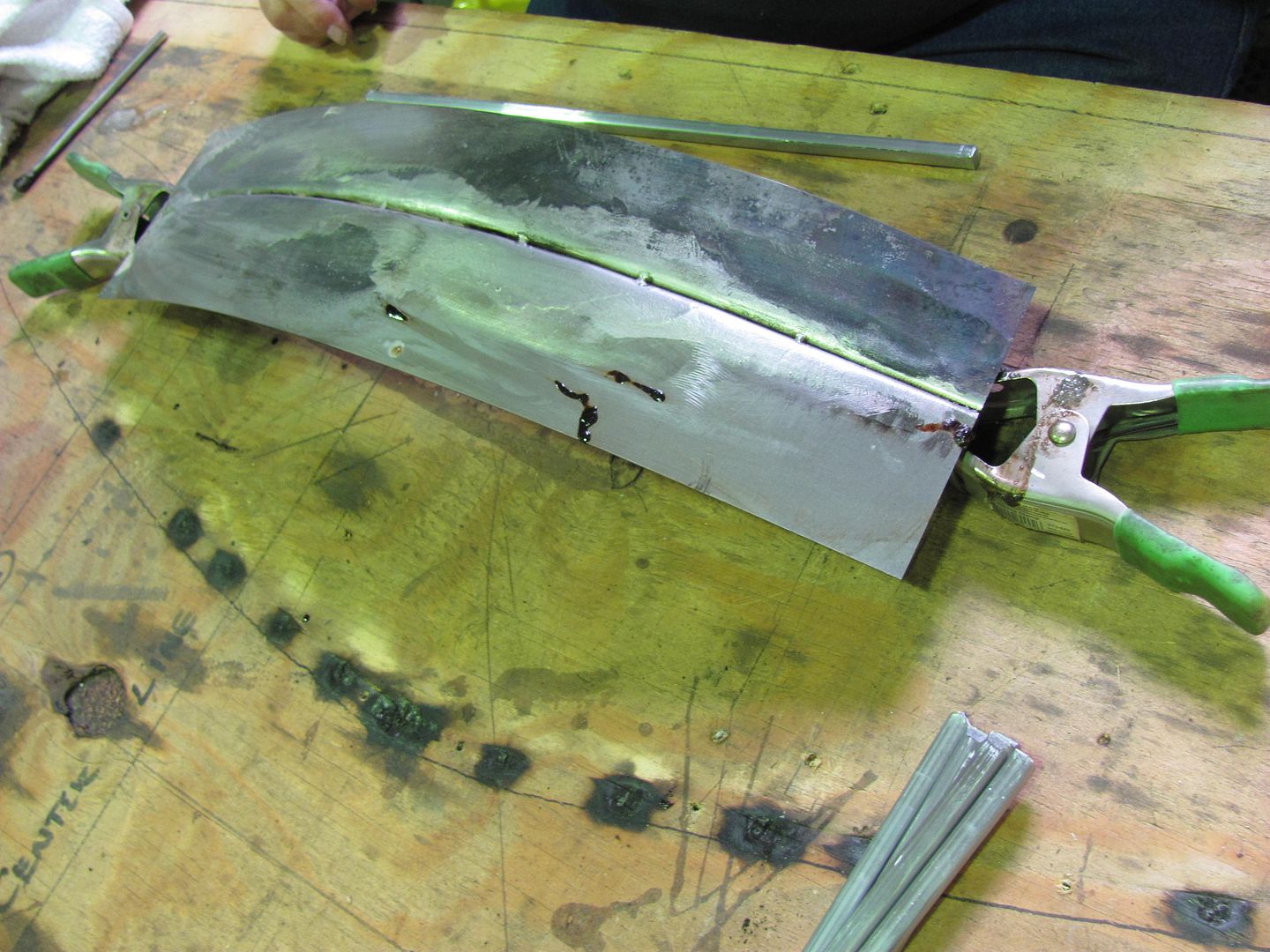

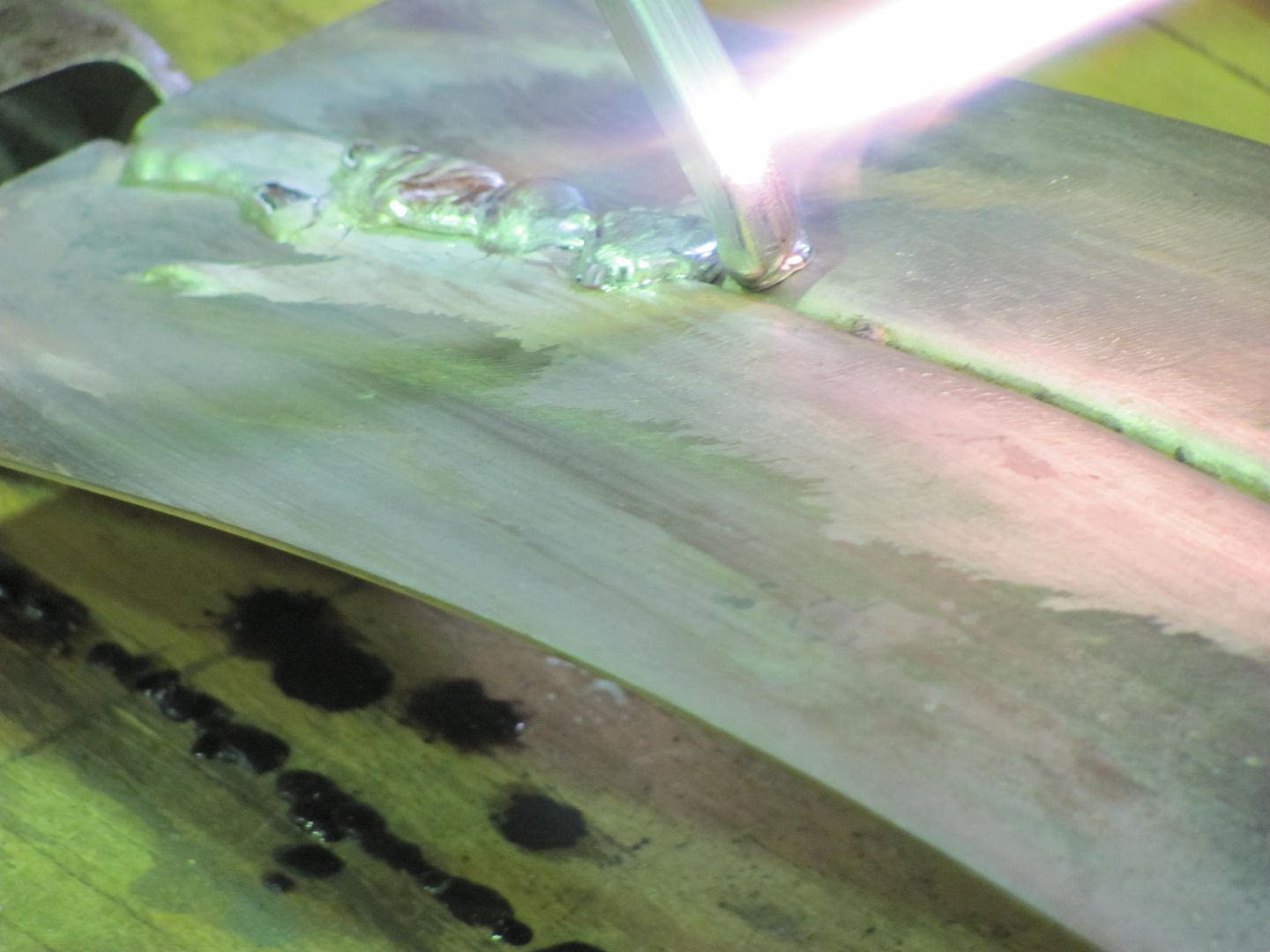

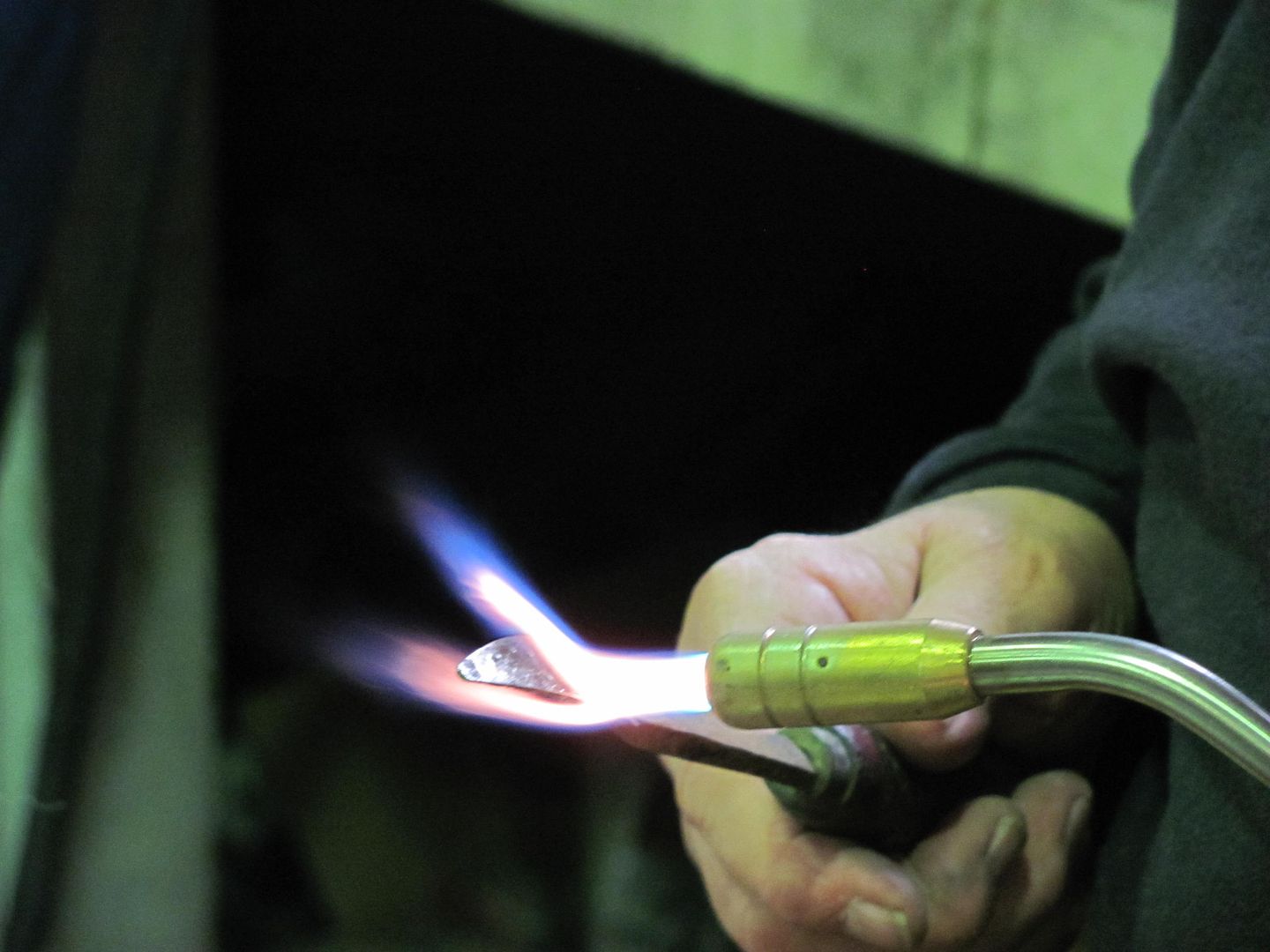
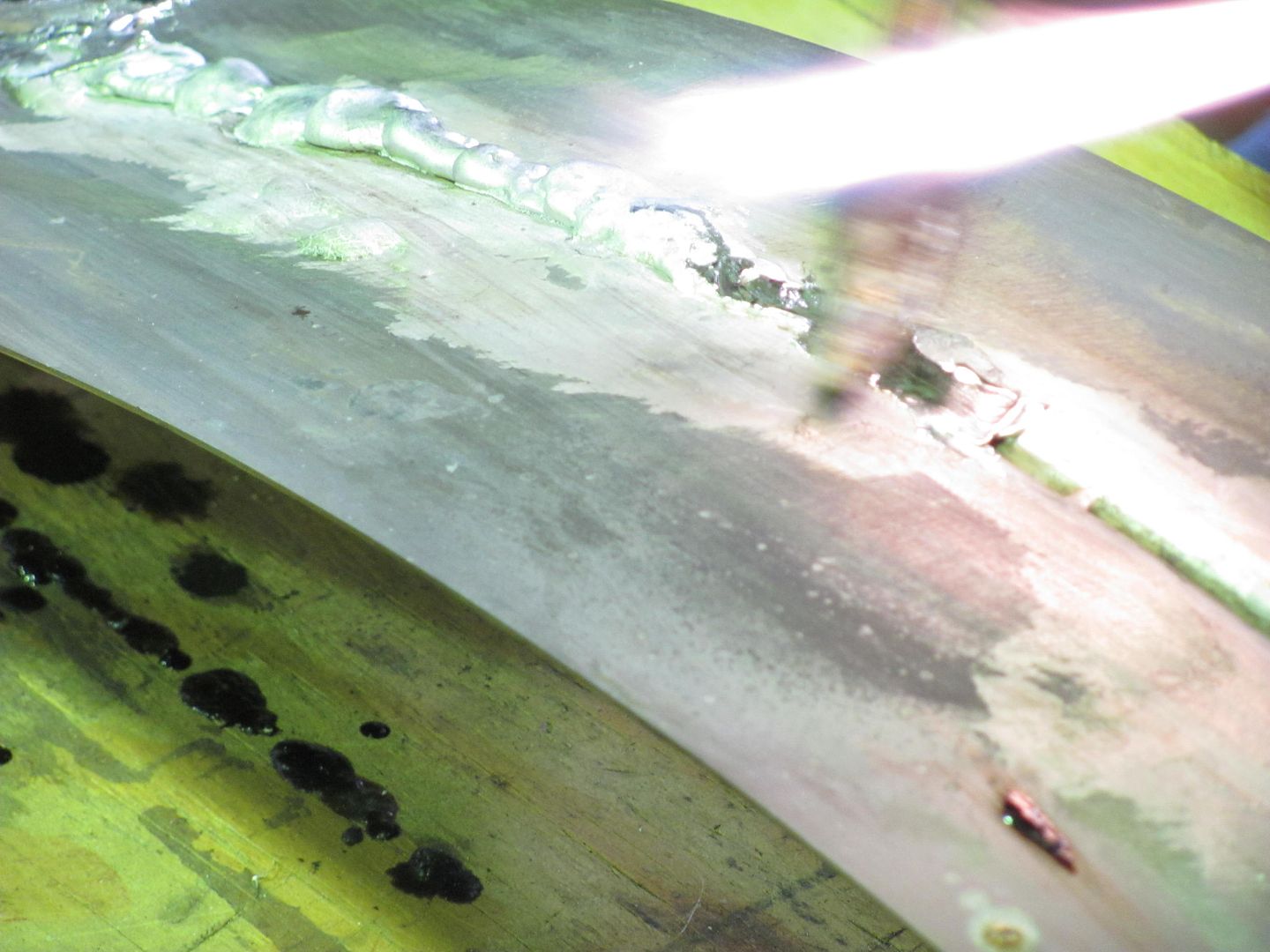

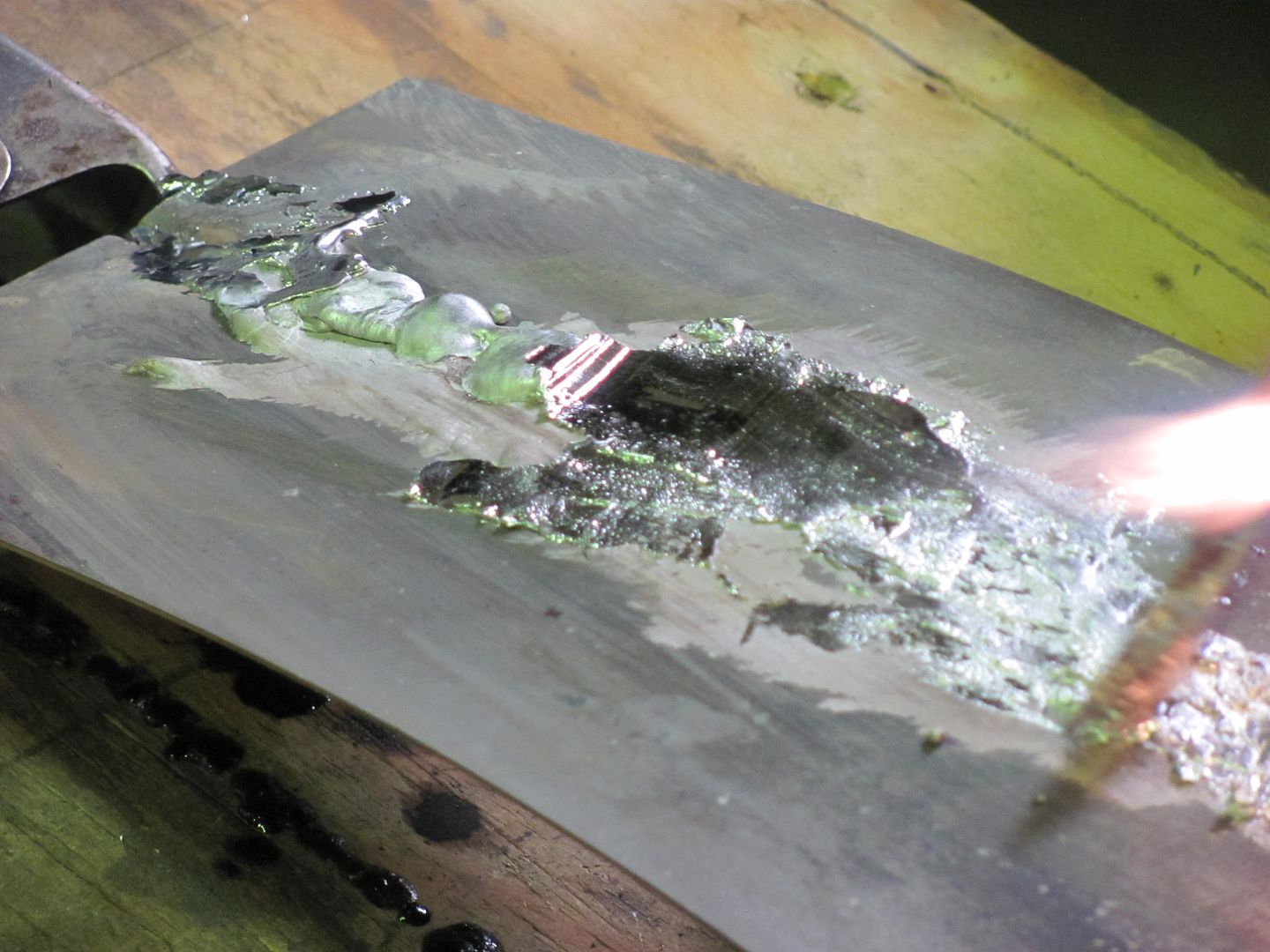
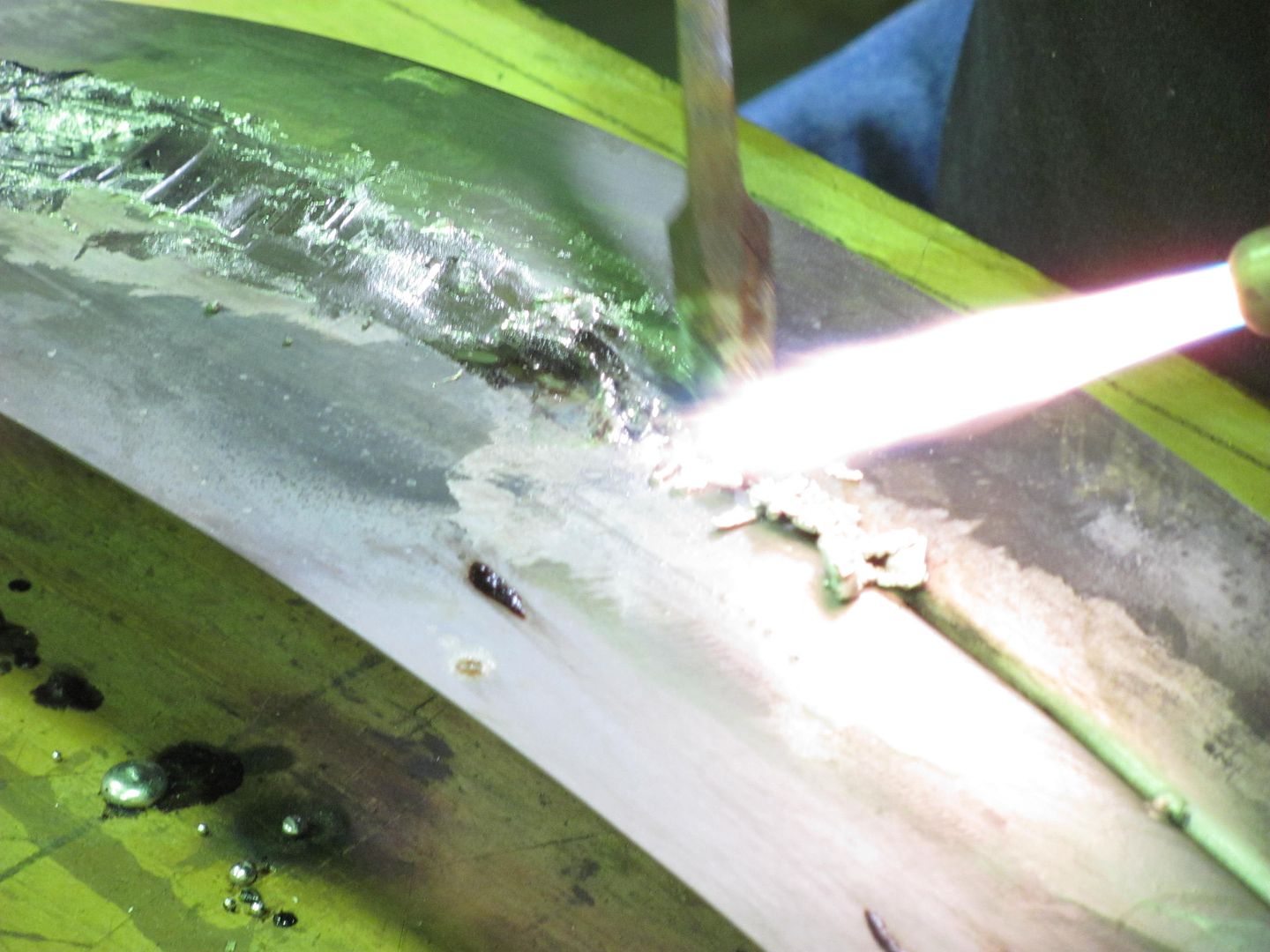

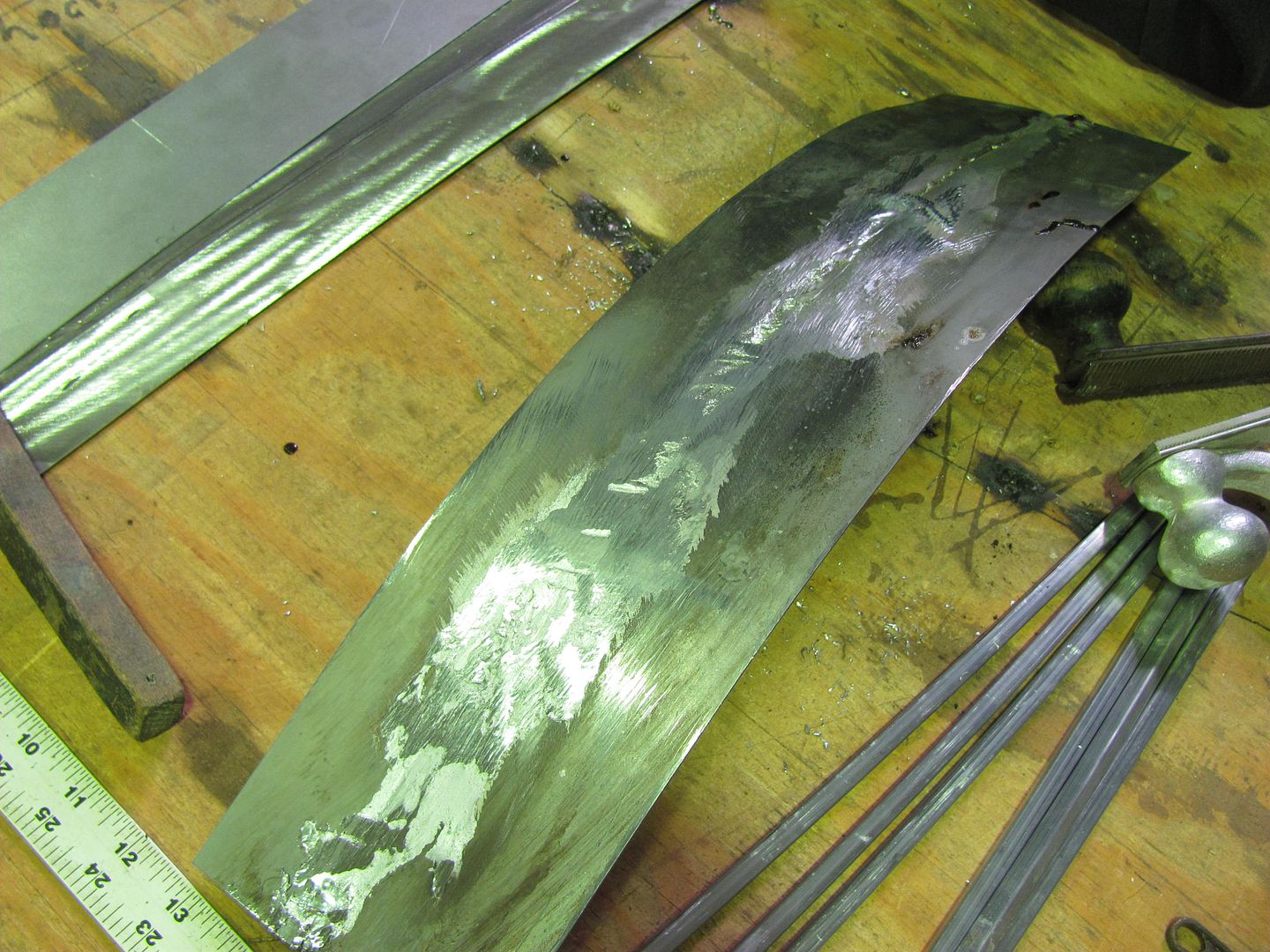
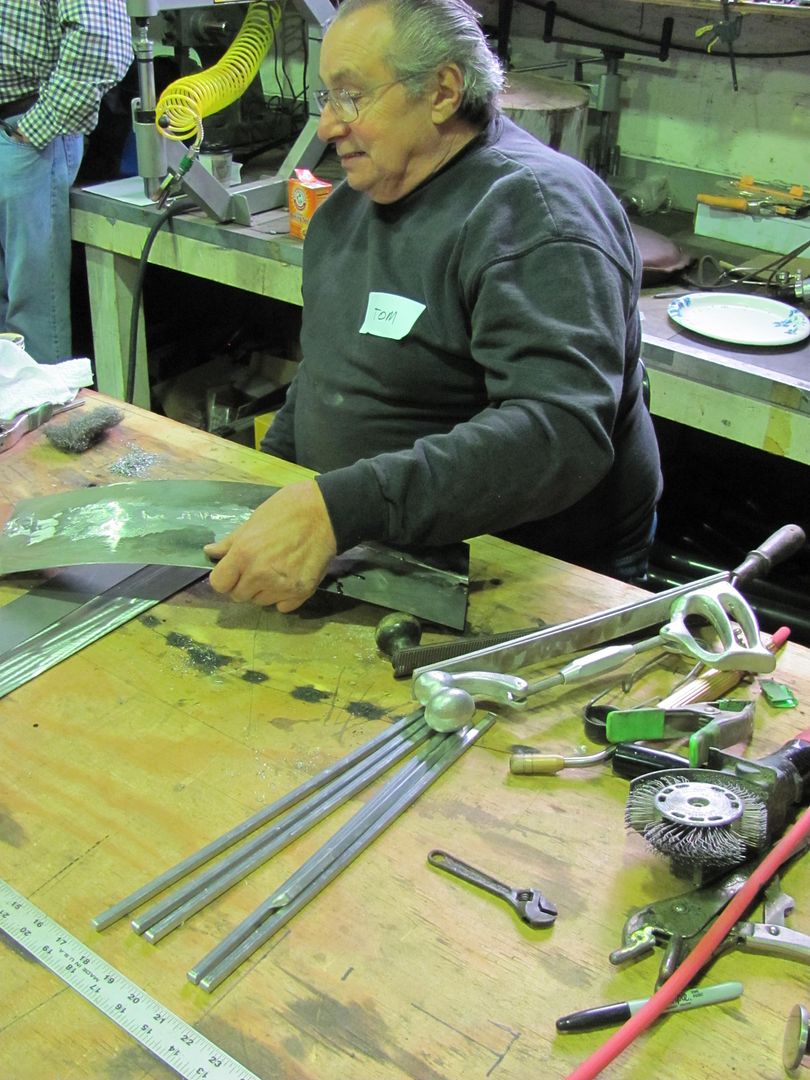
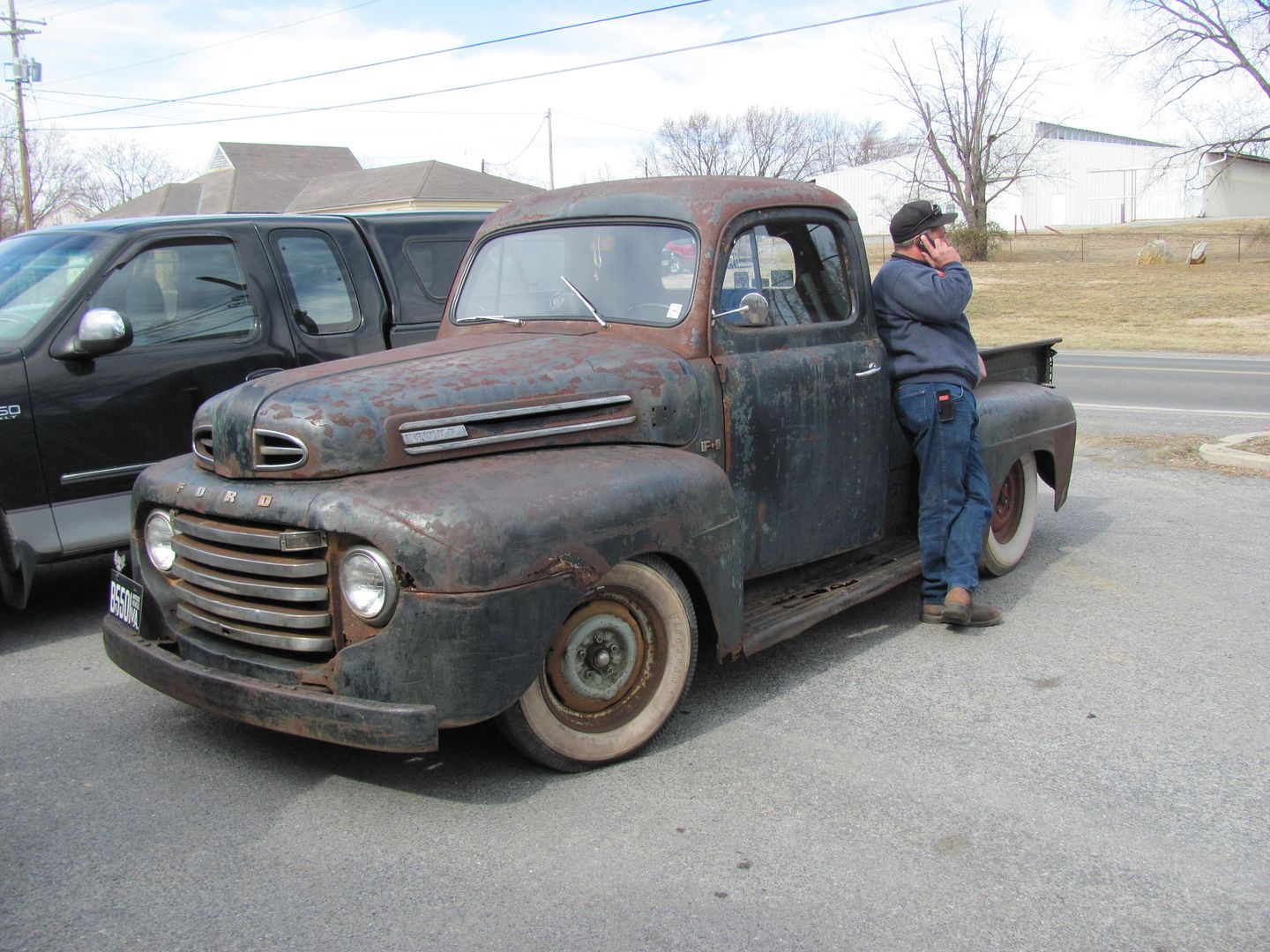

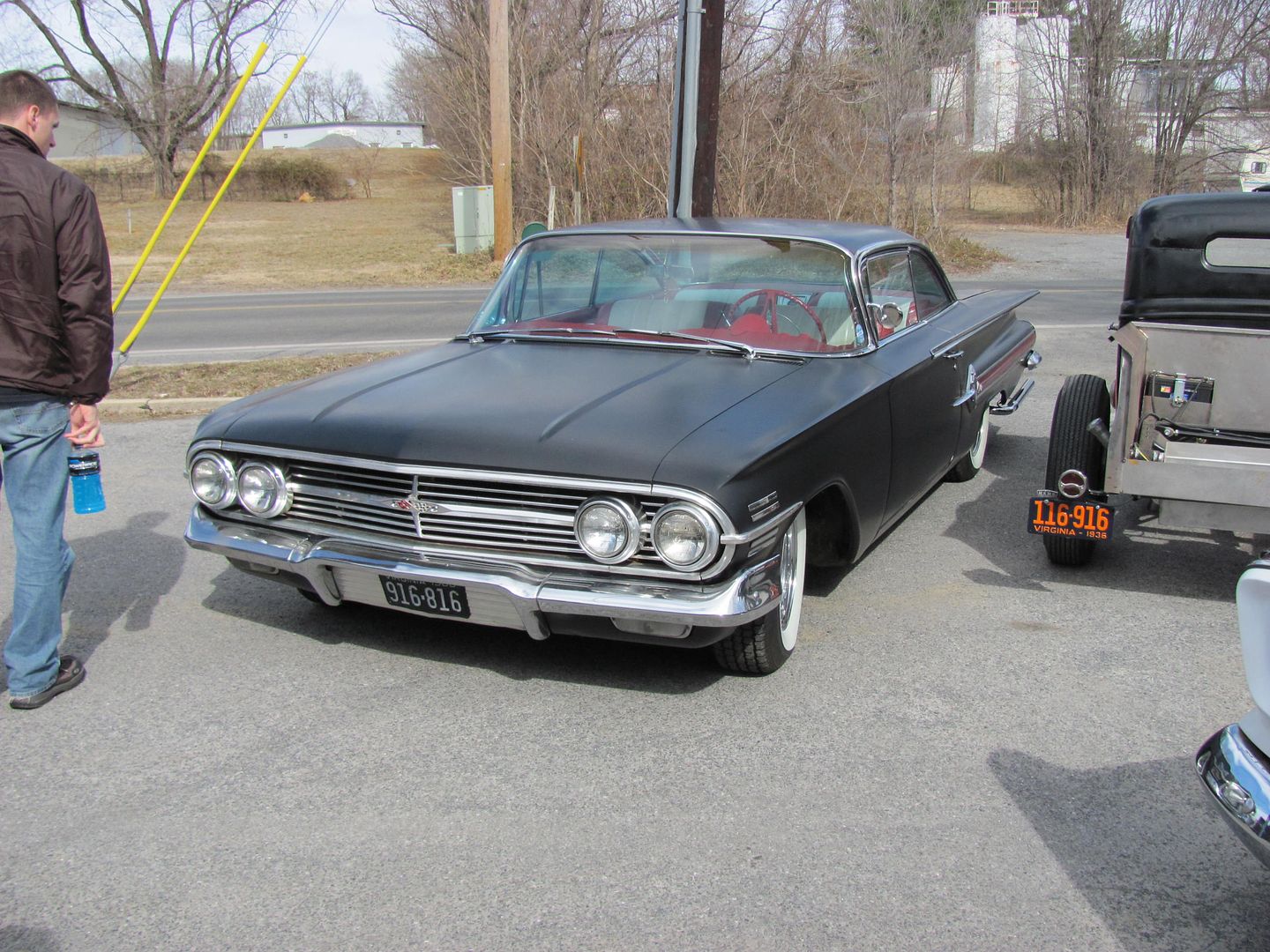


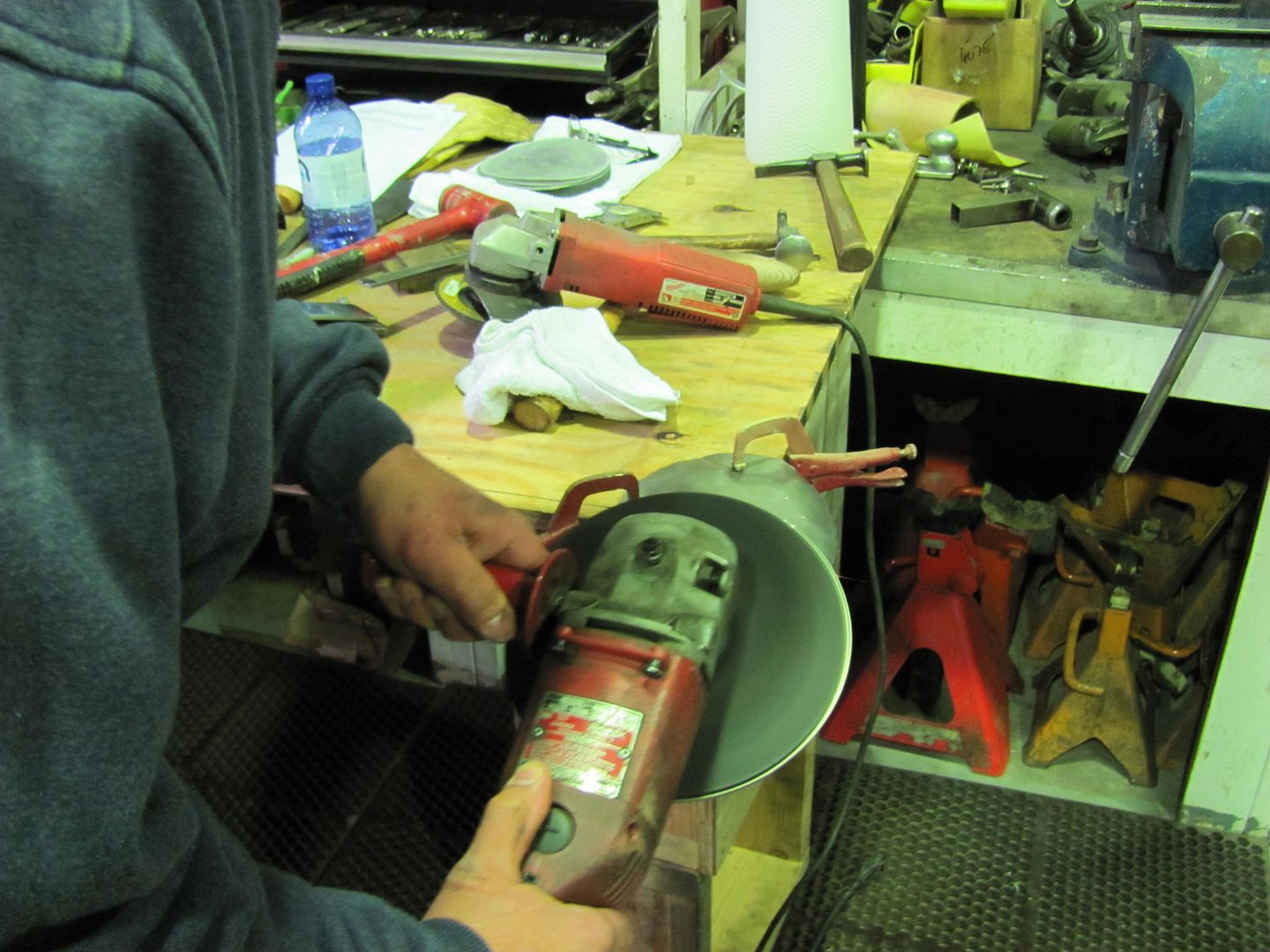
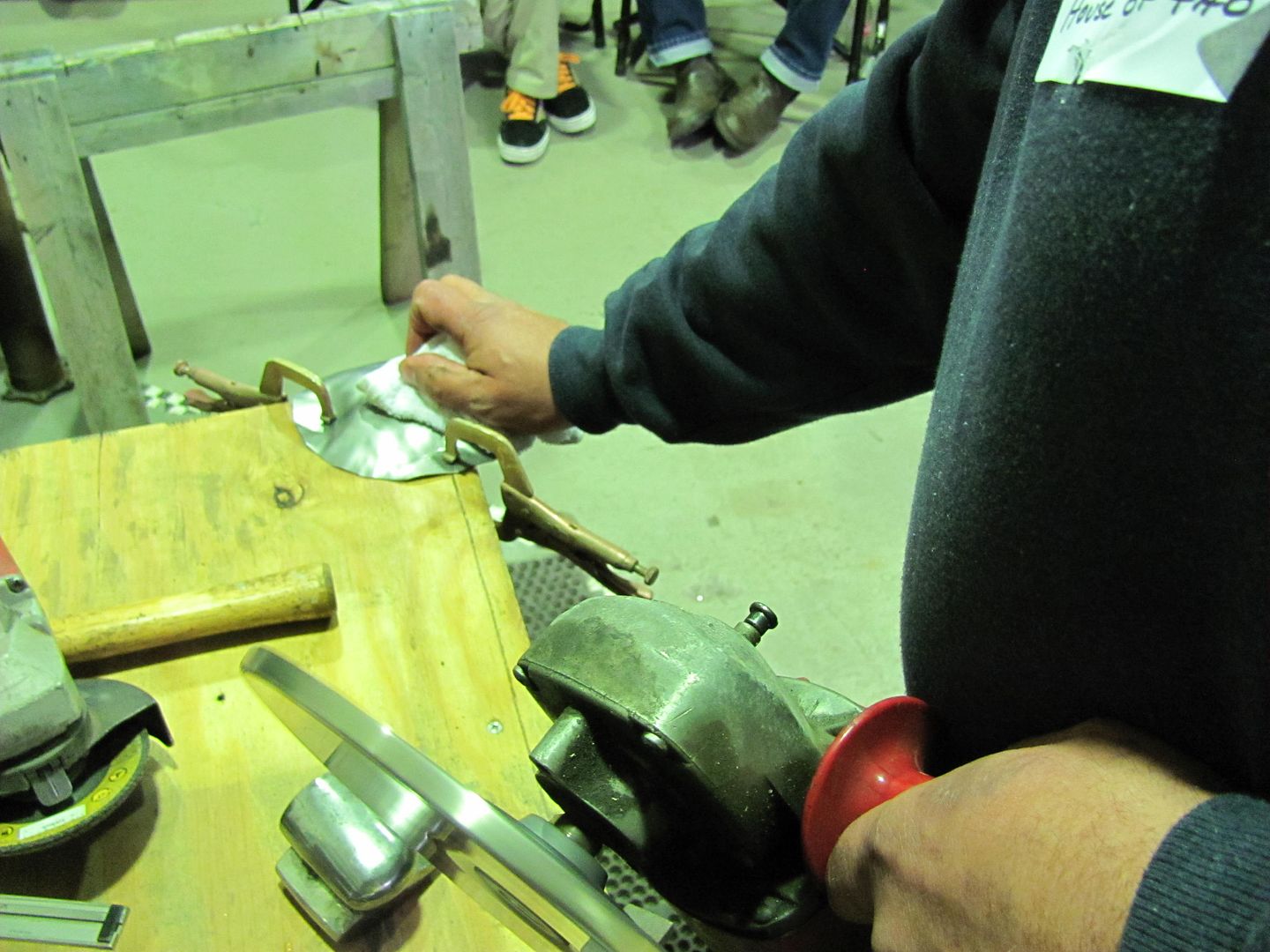


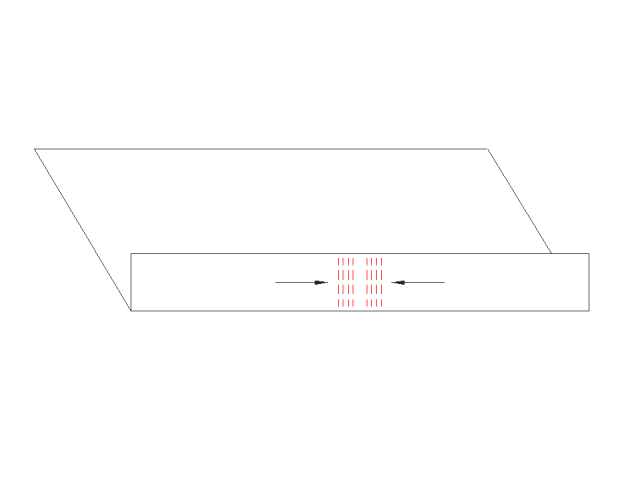
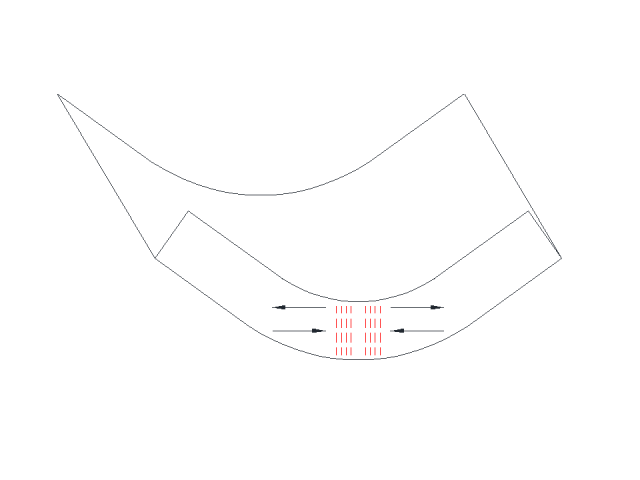
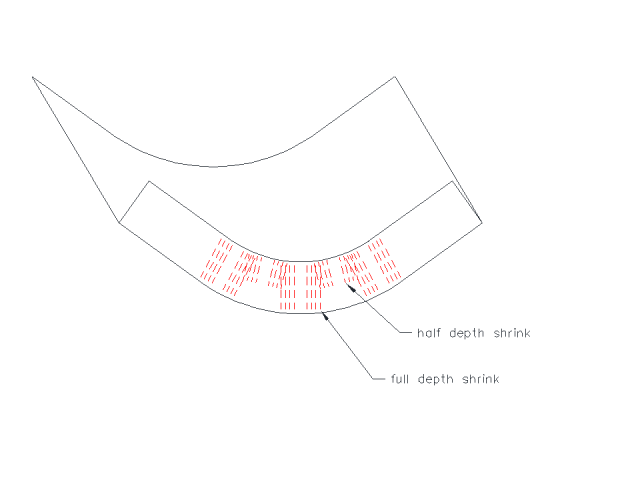
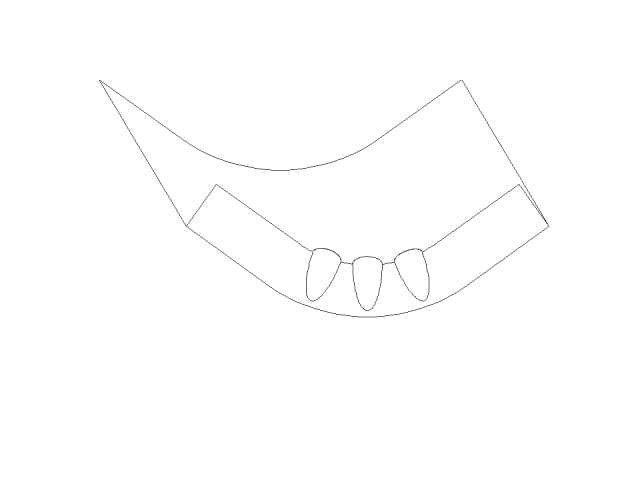
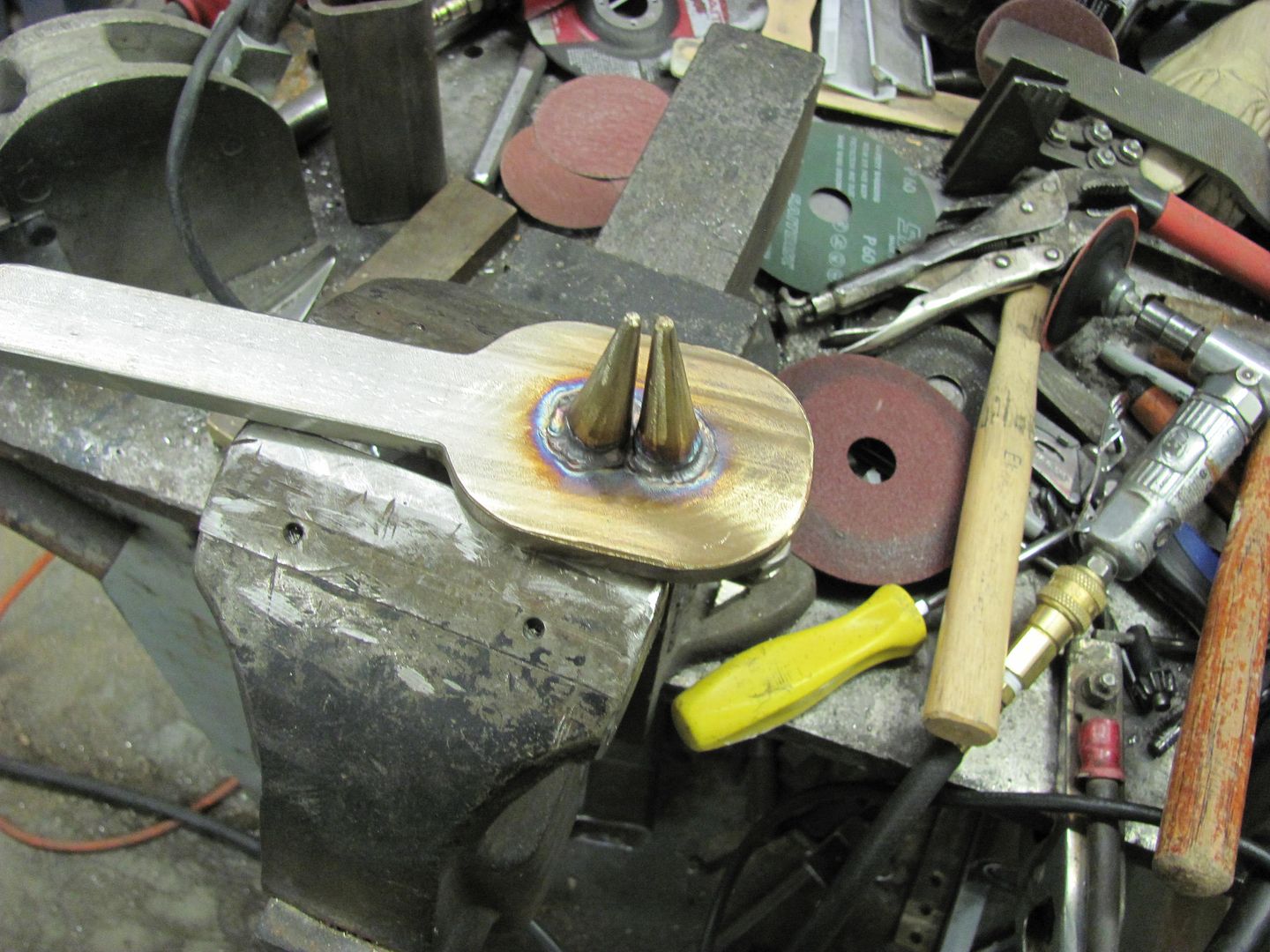
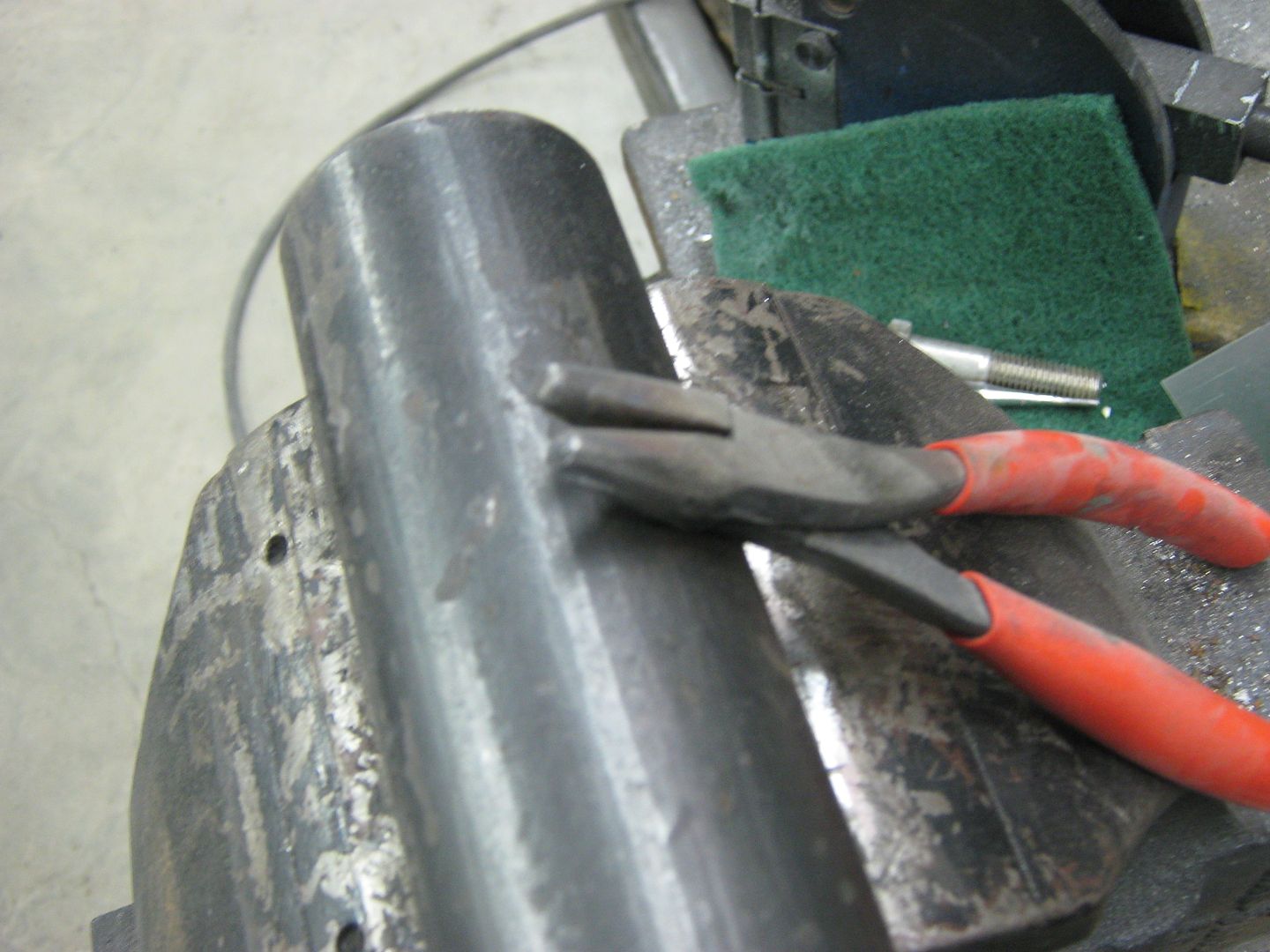
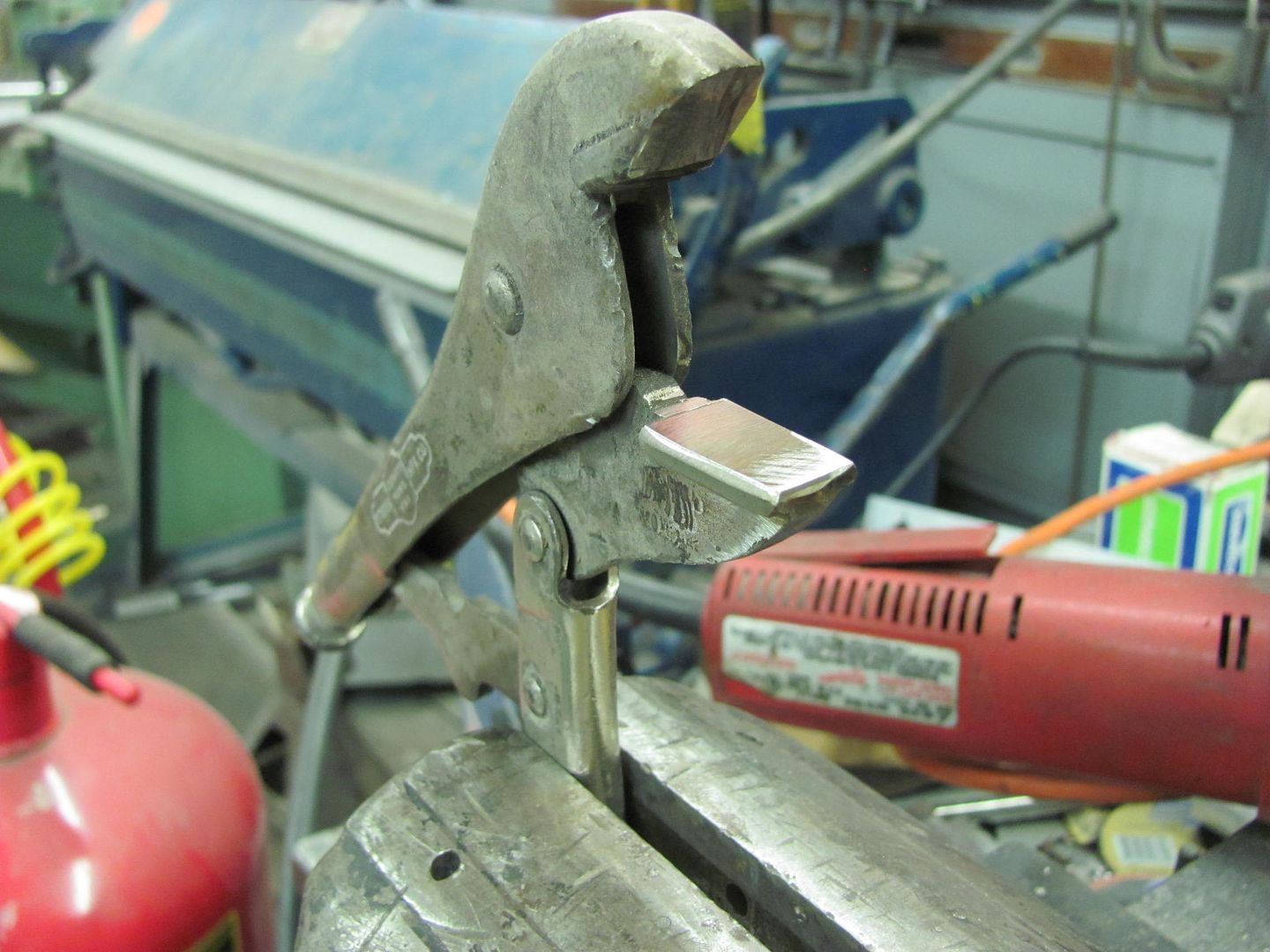
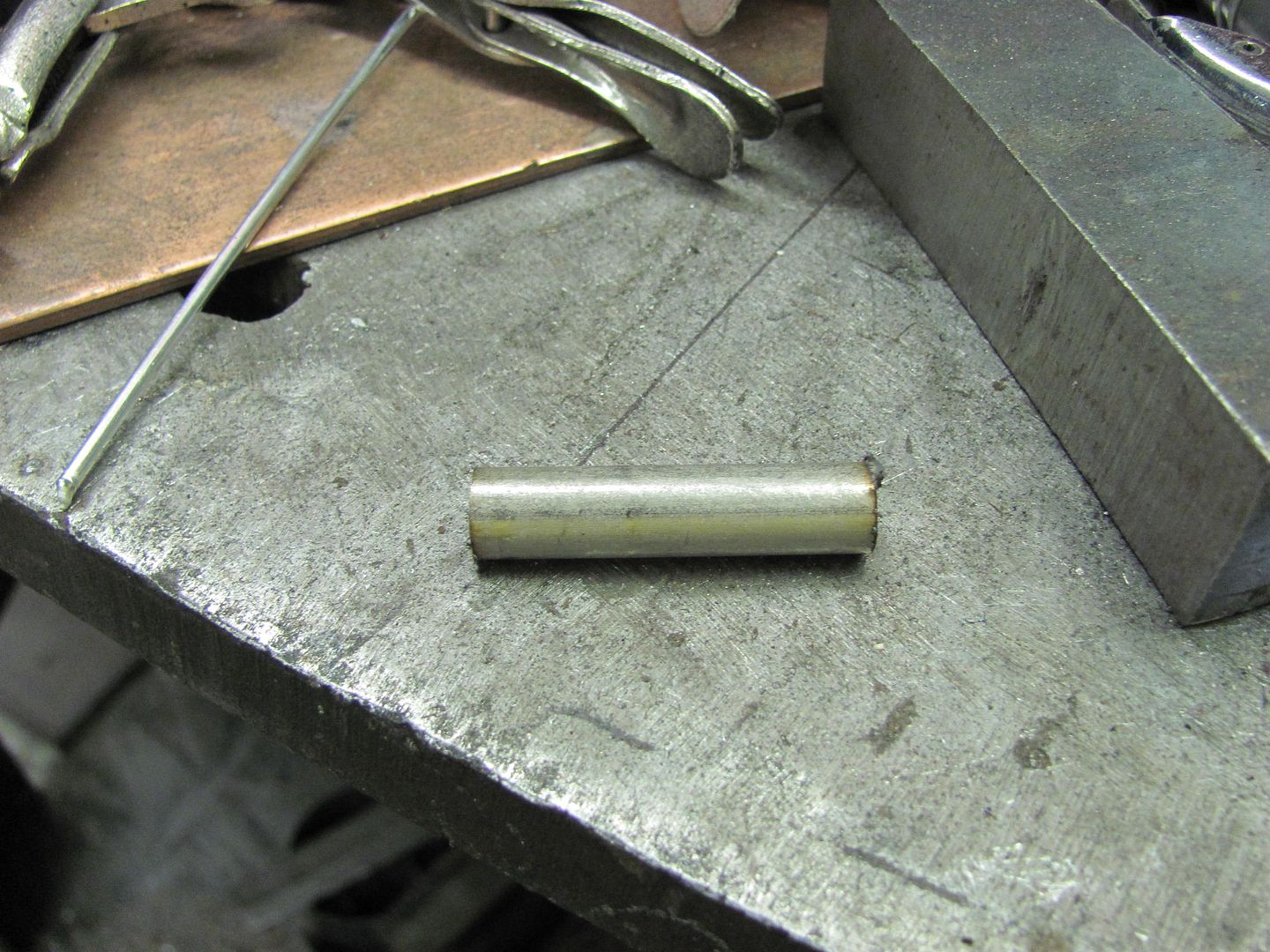
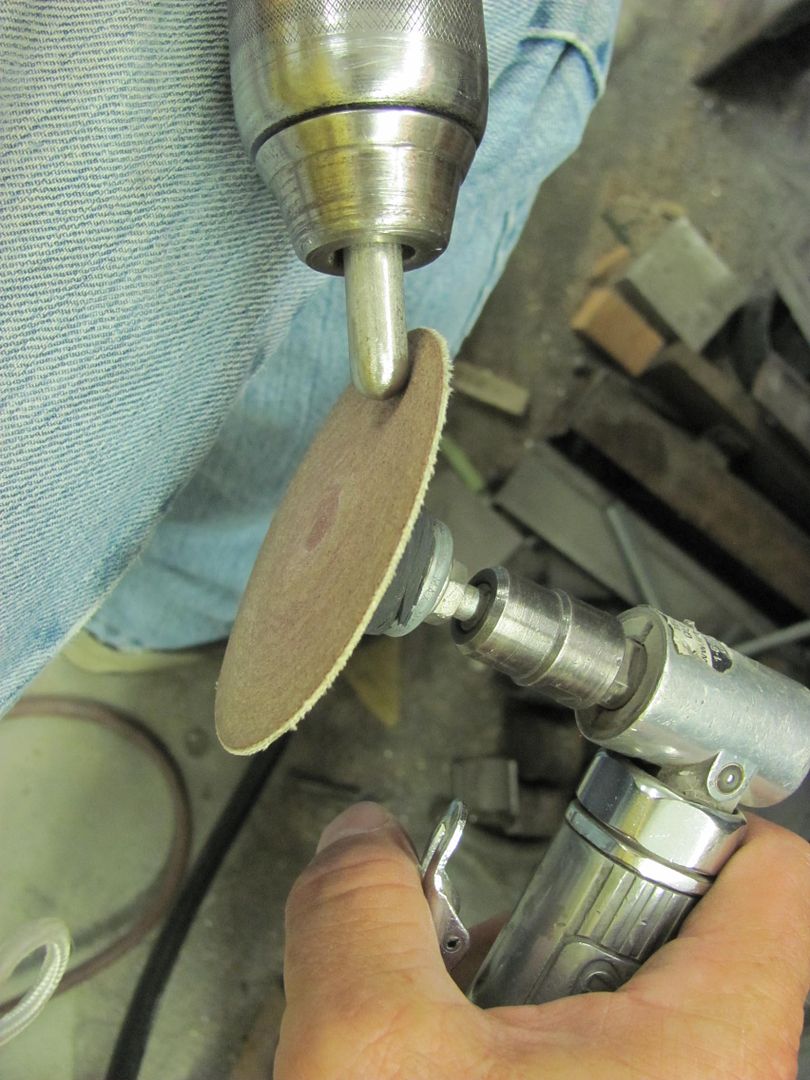

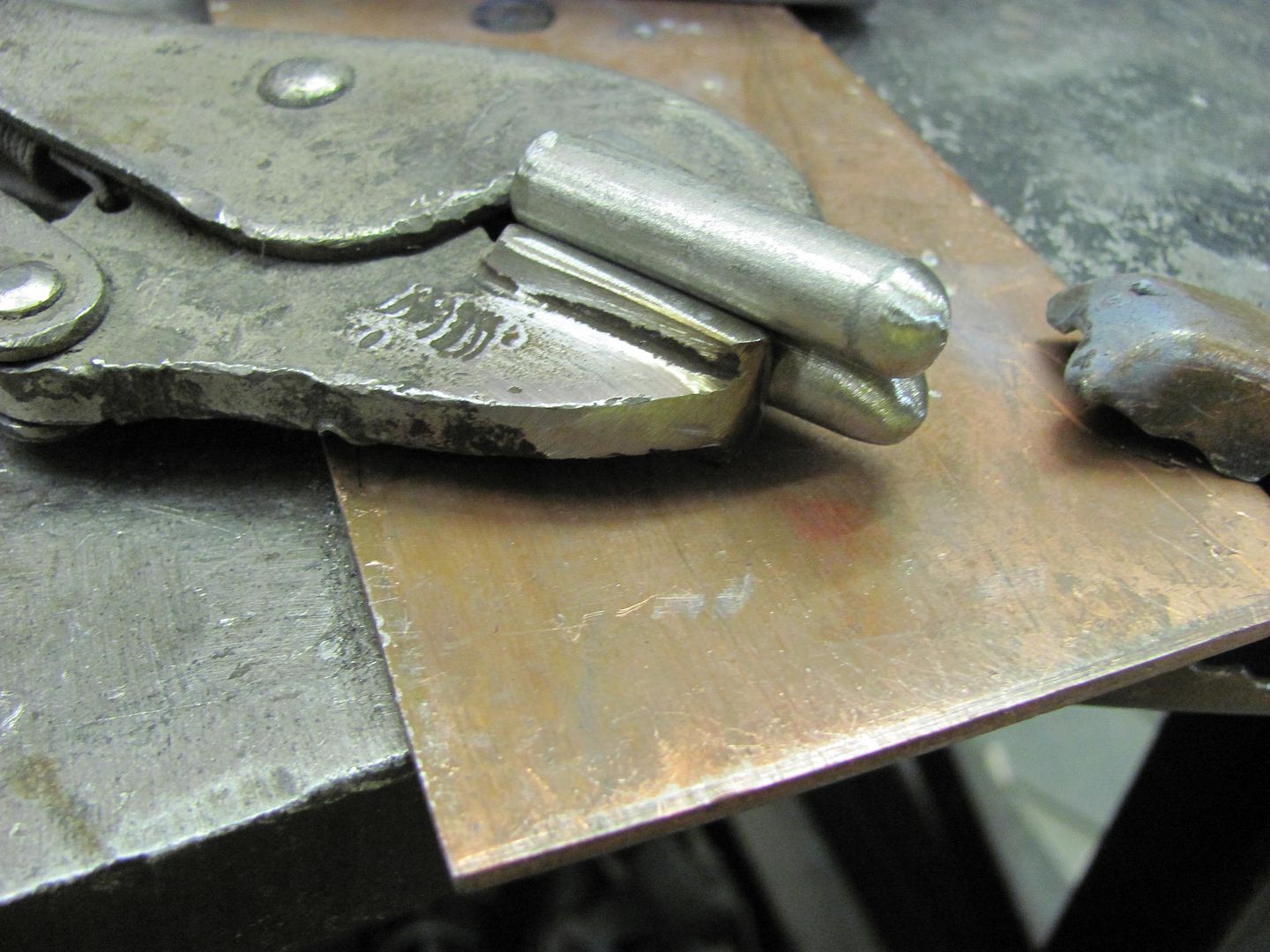
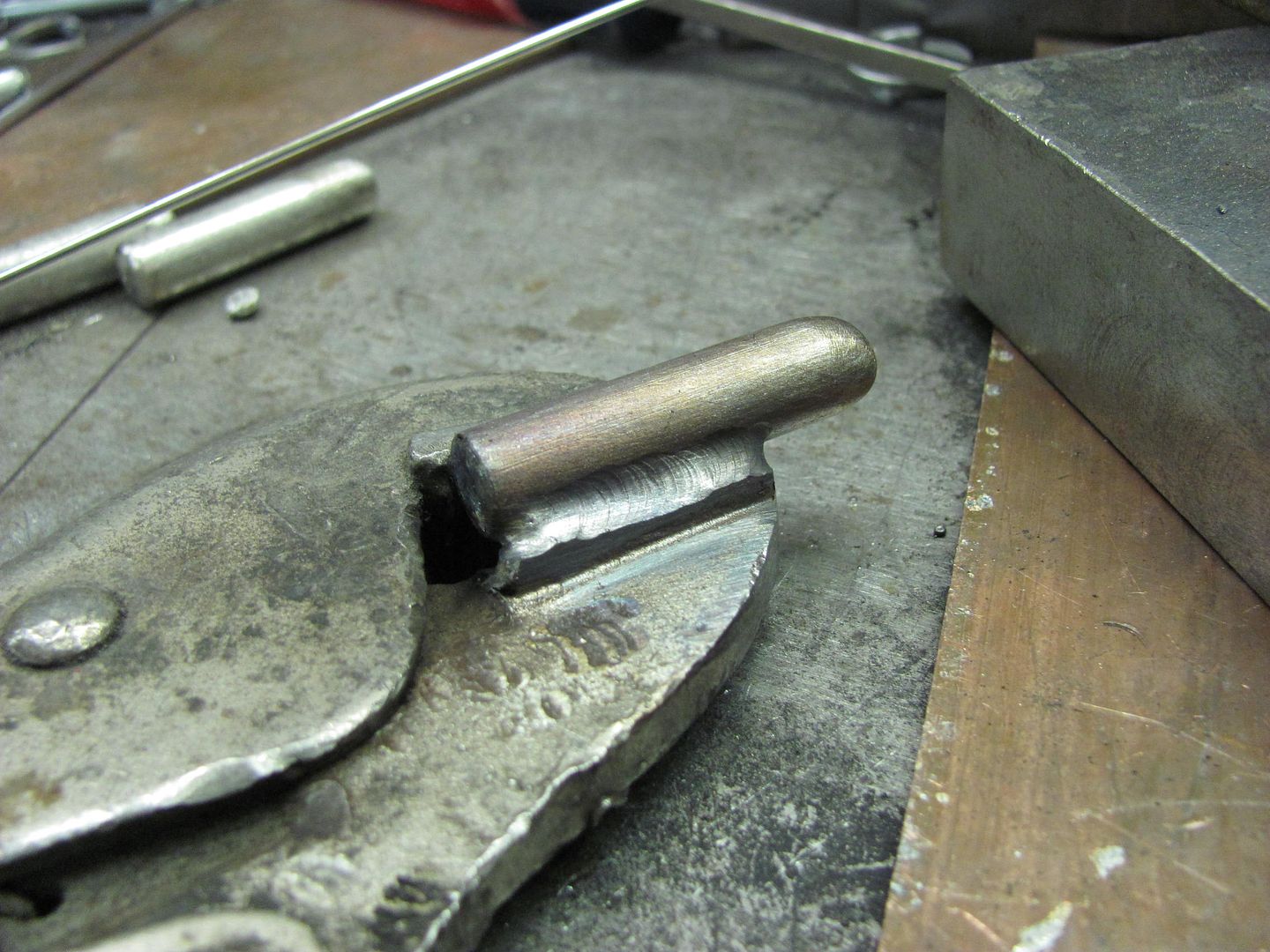
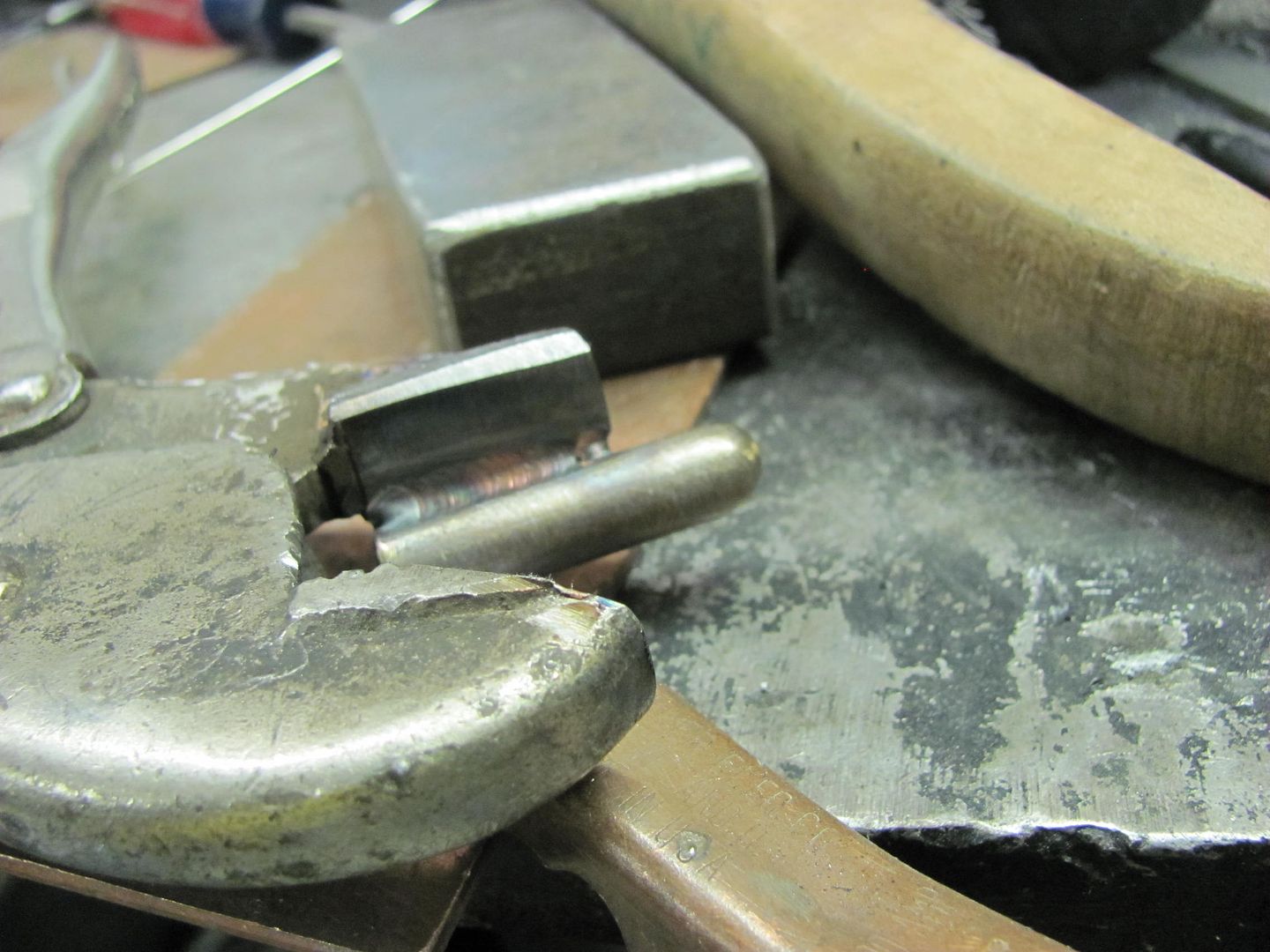
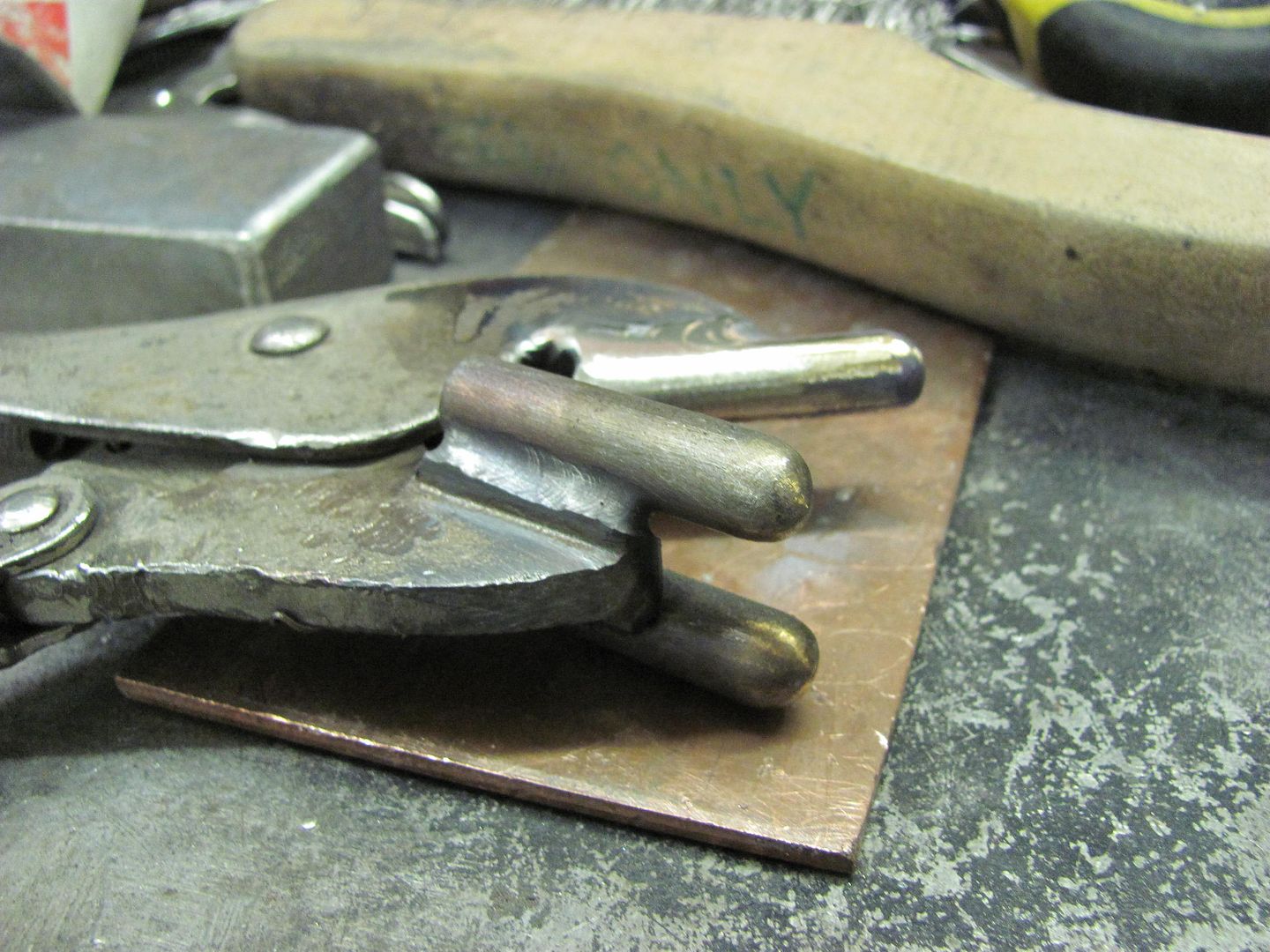
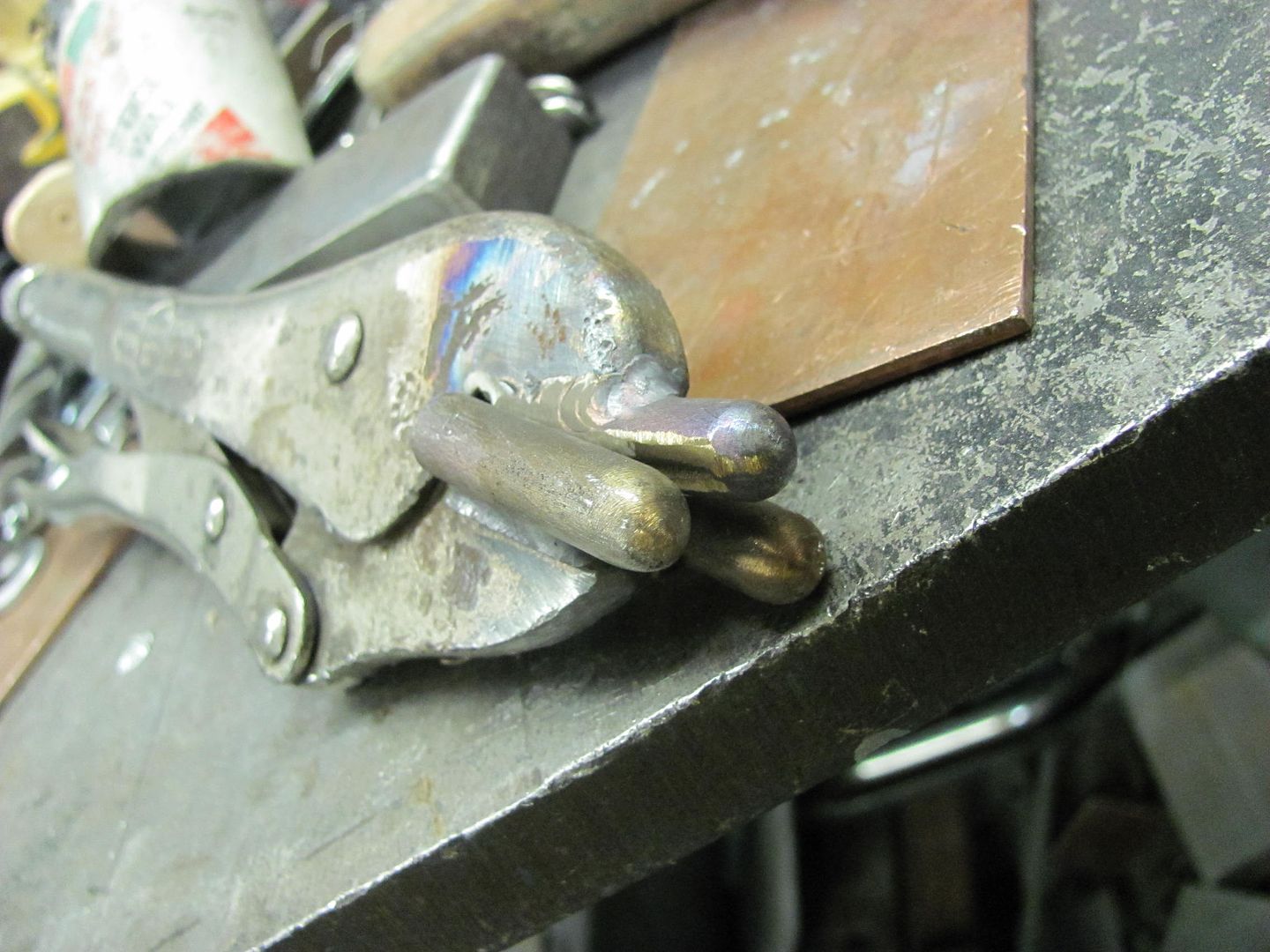
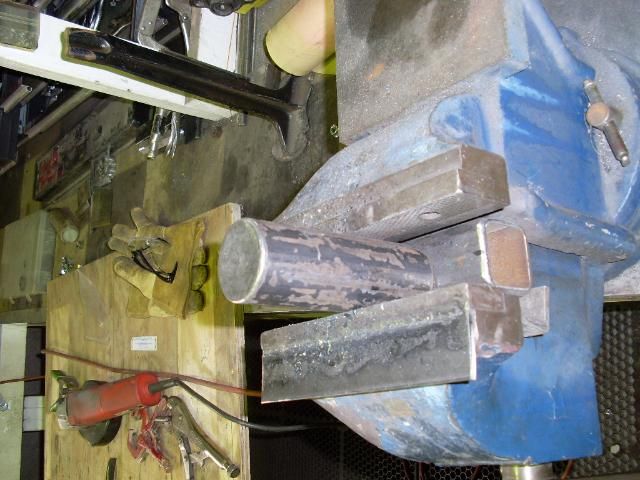
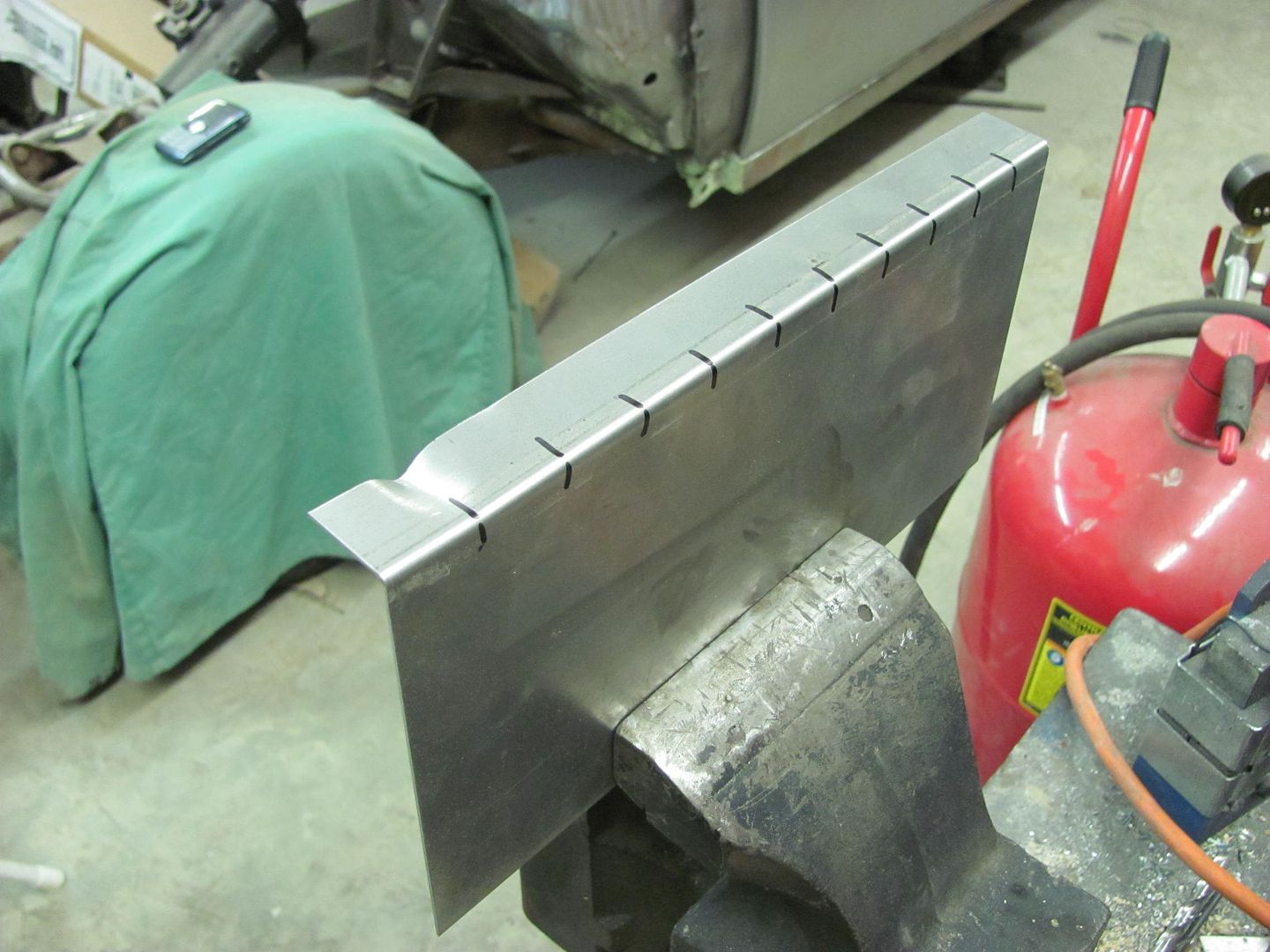

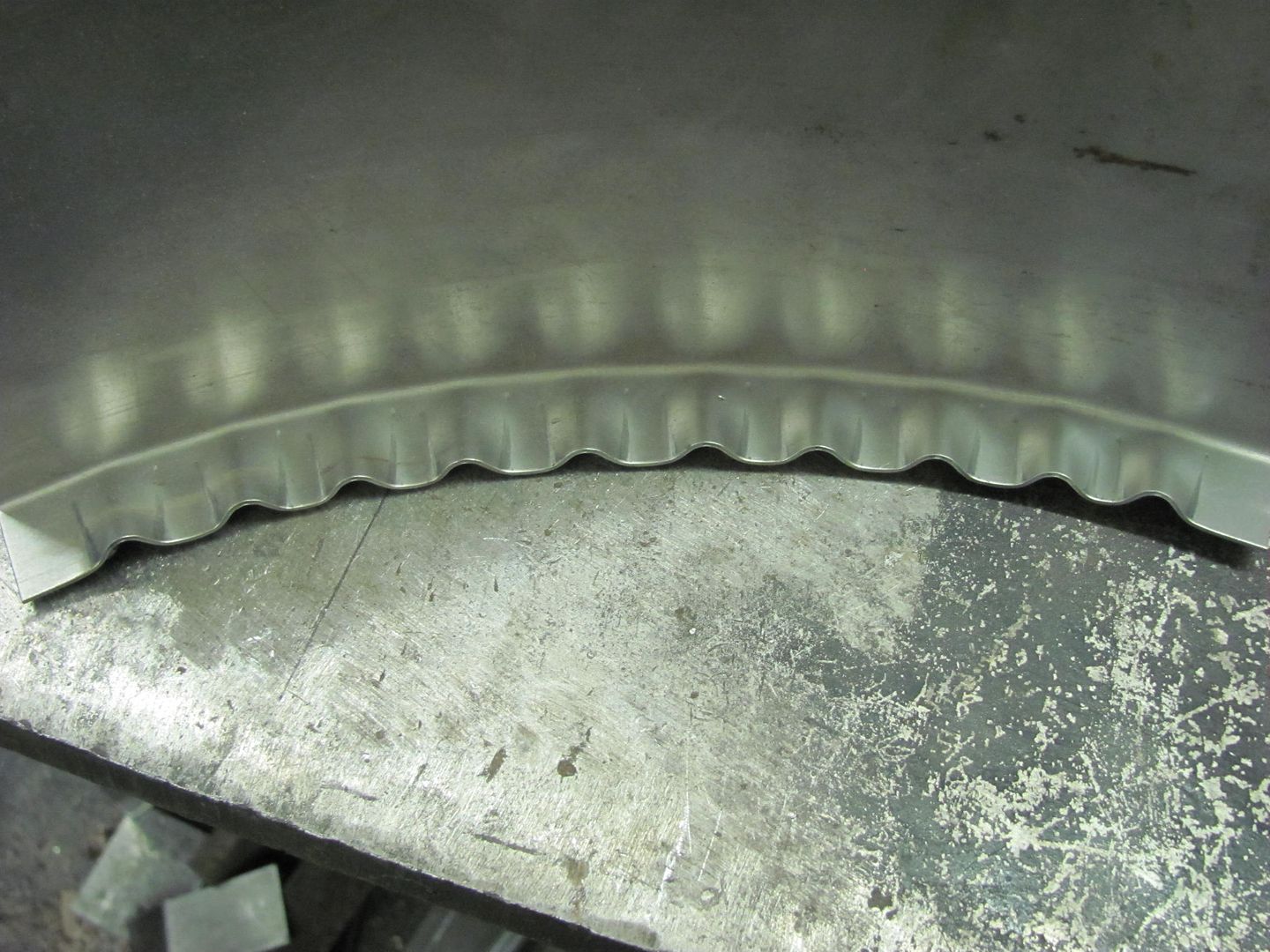
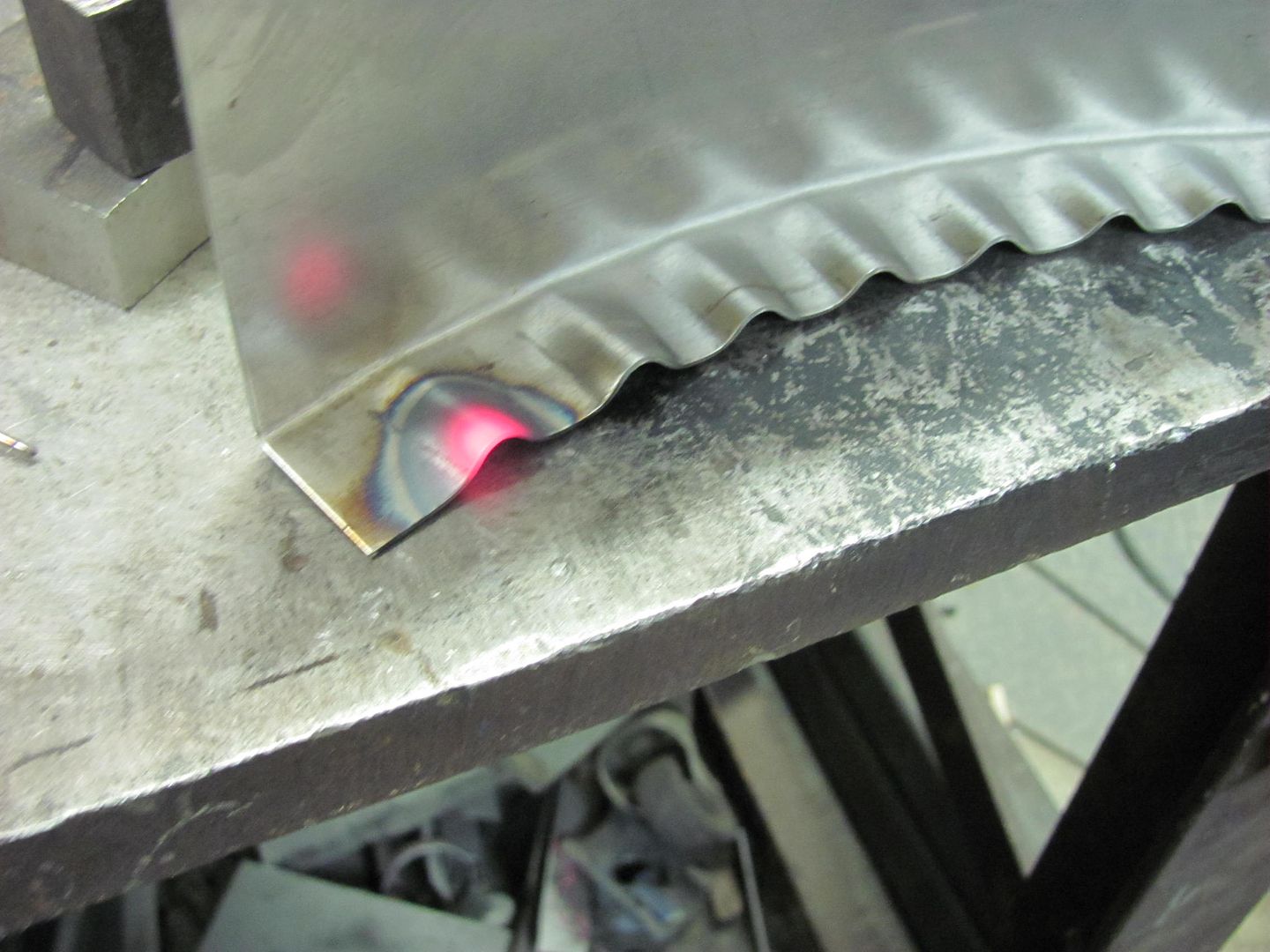
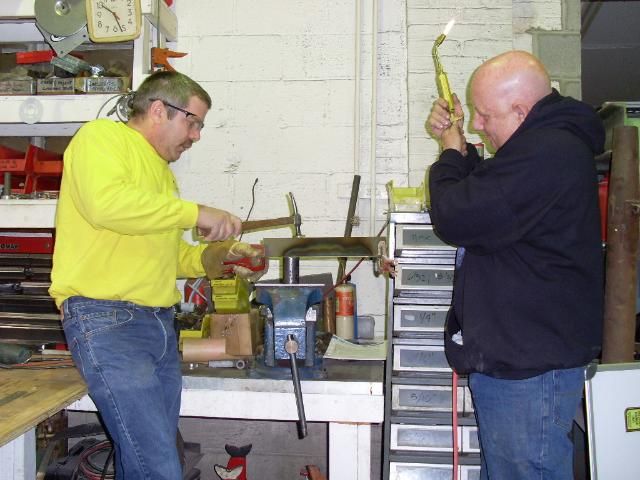
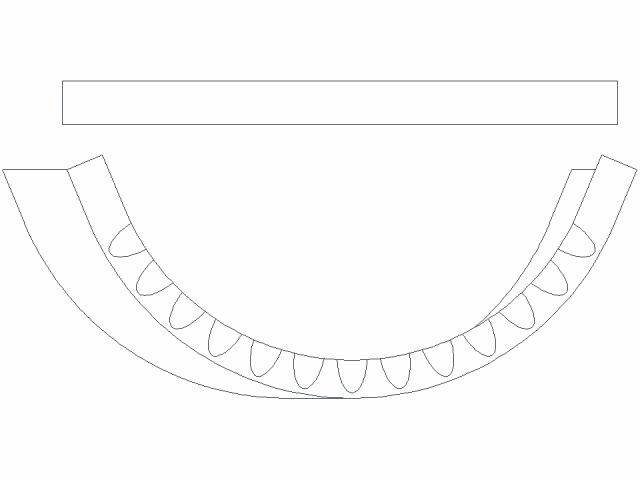



Comment